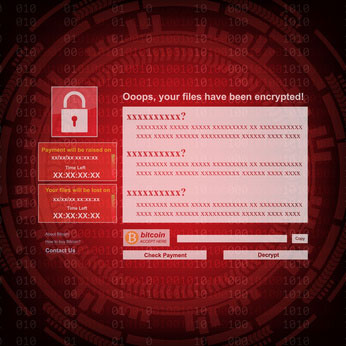
#Gui miner for mac 2017 archive
The Comprehensive R Archive Network (CRAN) was officially announced 23 April 1997 with 3 mirrors and 12 contributed packages. Heiner Schwarte, Guido Masarotto, Stefano Iacus, Seth Falcon, and Duncan Murdoch were also formerly members.

As of 2021, it consisted of Gentleman, Ihaka, and Maechler, plus Douglas Bates, John Chambers, Peter Dalgaard, Kurt Hornik, Tomas Kalibera, Michael Lawrence, Friedrich Leisch, Uwe Ligges, Thomas Lumley, Martin Morgan, Paul Murrell, Martyn Plummer, Brian Ripley, Deepayan Sarkar, Duncan Temple Lang, Luke Tierney, and Simon Urbanek. The R Core Team was formed in 1997 to further develop the language.
#Gui miner for mac 2017 software
In 1995, Martin Maechler convinced Ihaka and Gentleman to make R free and open-source software under Version 2 of the GNU General Public License. It was named partly after the first names of the first two R authors and partly as a play on the name of S. In 1991 Ross Ihaka and Robert Gentleman at the University of Auckland, New Zealand, began an alternative implementation of the basic S language, completely independent of S-PLUS, which they began publicizing in 1993. Much of the code written for S-PLUS runs unaltered in R. A commercial version of S was offered as S-PLUS starting in 1988. S was created by John Chambers in 1976 while at Bell Labs. R is an implementation of the S programming language combined with lexical scoping semantics, inspired by Scheme.

The official R software environment is a GNU package. Polls, data mining surveys, and studies of scholarly literature databases show substantial increases in R's popularity since August 2021, R ranks 14th in the TIOBE index, a measure of popularity of programming languages. It is widely used among statisticians and data miners for developing statistical software and data analysis. R is a programming language and free software environment for statistical computing and graphics supported by the R Core Team and the R Foundation for Statistical Computing.


 0 kommentar(er)
0 kommentar(er)
